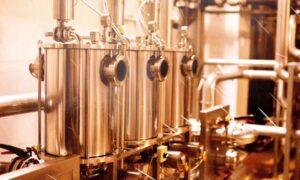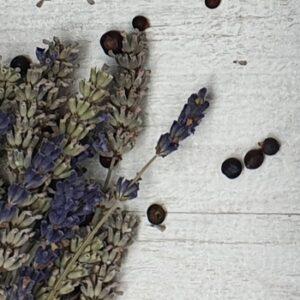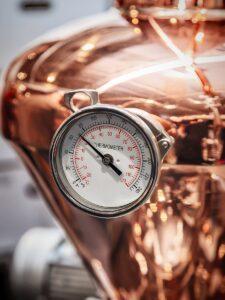
“How gin is produced: from raw materials to distillation”

STEEL STILLS
Gin is one of the most famous alcoholic beverages in the world. It is produced through a distillation process that uses an alcohol base of grains such as wheat or rye and a blend of spices and botanicals called "botanicals".
The first step in understanding how gin is made is to prepare the base alcohol. This is usually achieved by fermenting grains such as wheat or rye, followed by distillation in pot stills to increase the alcohol content. Once the base alcohol is obtained, it is mixed with water to lower the alcohol content and make it ready for the next step.
The second phase is that of adding the botanicals. The botanicals used in the production of gin can vary according to the producer and the type of gin to be obtained. The most common botanicals used in the production of gin are juniper, coriander, licorice, angelica, cinnamon and nutmeg.

GINEPRO COMMUNITY

LAVENDER
Once the botanicals have been added to the base alcohol, the liquid is placed in an alembic for distillation. During this phase, the alcohol and botanicals are heated and passed through a copper coil. The vapor that forms during distillation collects the aromas of the botanicals and condenses into a liquid called "gin distillate".

THERMOMETER OF A COPPER STILL
The gin distillate is then mixed with water to lower the alcohol content and make it ready to be bottled. At this point, the gin can be bottled and sold to the public.
In some cases, the gin is left to age in wooden casks for a period of time to acquire a more complex and harmonious flavour, this is the case with our gin MEDITERRANEO BARRELED GIN, left to rest for over 100 days of summer 2021, and packaged in precious 50cl bottles with case and label hand-numbered in 1226 specimens
In general, the production of gin is a very complex process that requires a lot of attention and care in the selection of botanicals and in distillation. There are many factors that affect the flavor and quality of gin, from the raw materials used to the technology used in the distillation. As the popularity of gin increases, there are more and more producers who try their hand at this art, creating gins with increasingly different and interesting flavors and aromas.
this is a small article to give the layman an idea of how gin is made


